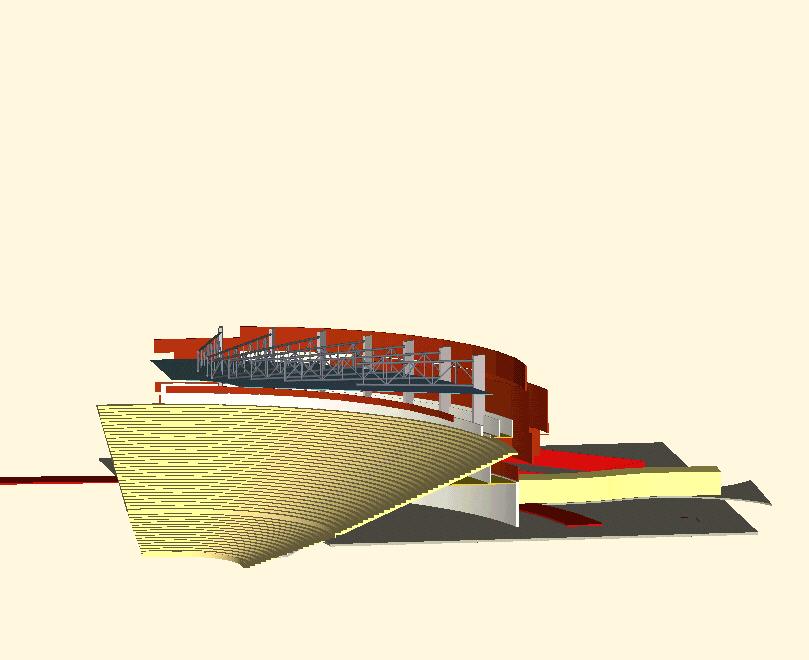Superstructure
Superstructure is generally a reference to any structural element, which is above the ground level. More specifically, the term “superstructure” usually entails the following elements of the build:
- Frame: Loadbearing framework. Main floor and roof beams, ties, roof trusses, columns, stanchions and bracing members of framed buildings.
- Upper floors: Suspended floors over, or in basements, service floors, balconies, sloping floors, walkways and top landings, where part of the floor rather than part of the staircase.
- Roof: Roof structure, roof coverings,framing around roof-lights and roof features.
- Stairs and ramps: Construction of ramps, stairs, ladders, etc. connecting floors at different levels.
- External walls: External enclosing walls including walls to basements but excluding those designed as retaining walls.
- Framing around windows, doors and openings in external walls.
This excludes; the substructure, finishes, fittings, furnishings, equipment and services.
The choice of material for the elements of the superstructure is highly dependent upon the nature of the building being constructed. Furthermore, the intensity of the loads applied to the floors and roof need to be taken into account. Not to forget the effect of wind loading on the superstructure.
Check out some of our superstructures on Our Work pages. Xscape in Milton Keynes– where we used the curved roof to inspire us to come up with a much more economic design. Egger’s very long -span roof structure over their chipboard manufacturing plant, which kept our brains busy with calculations for a while.
As experienced superstructure designers, our Structural Engineers provide design details for all main structural materials. This includes concrete (in-situ and precast), timber, steel, masonry, SIPS and even glass.

